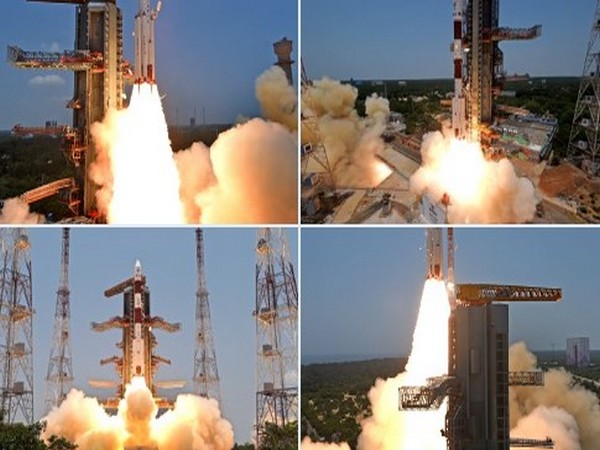India’s maiden solar mission — Aditya-L1 – launched on September 2, is set for its final manoeuvre to reach its intended destination L1 point on January 6, ISRO Chairman S Somanath told ANI on Monday.
“Aditya-L1 is going to reach its L1 point on January 6 and we are going to do the final manoeuvre to keep it there,” the ISRO chief said, on the sidelines of the successful launch of XPoSat mission to study black holes.
So far in its journey, the spacecraft has undergone four earth-bound manoeuvres and a Trans-Lagrangean Point 1 Insertion (TL1I) manoeuvres, all successfully
Addressing reporters on the very first day of 2024, Somanath said ISRO has about 12-14 missions in pipeline this year.
“Only in 12 months (in 2024), we have to have a minimum of 12 missions on our target. It may exceed depending upon our ability to produce hardware, complete the testing and if things go well. If it is not going well, there could be an impact. Otherwise, we are getting ready for at least 12-14 missions,” he said, without getting into much of the specifics.
About the Gaganyaan mission, he said at least two more abort missions would be done, one unmanned mission though target to do two, parachutes drop tests, and 100s of valuation tests would be conducted before the actual launch in 2025.
“2024 is going to be the year for Gaganyaan readiness…Along with that, we will have a helicopter-based drop test to prove the parachute systems; there will be multiple drop tests. We also will have many hundreds of valuation tests. So it is going to be a Gaganyaan year,” ISRO chief added.
Meanwhile, earlier today, the X-ray Polarimeter Satellite (XPoSat) to study X-ray emission from various celestial sources was launched successfully, and its lift-off was normal.
Addressing the scientists after the successful launch of the mission, Indian Space Research Organisation (ISRO) chief S Somanath said the PSLV-C58 vehicle placed the satellite precisely into the intended orbit of 650 km, with a 6-degree inclination.
“From this point, the orbit of the PSLV will be reduced to a lower orbit, where the upper stage of the PSLV which is now described as POEM will carry out experiments with nine of the onboard payloads and that will take some time,” Somanath added.
It is India’s first observation of black holes, though other countries have done such studies earlier.
Somanath said it took 7 years to build this satellite.
“We want to create at least 100 scientists who can understand this aspect and contribute to the knowledge of black holes to the world,” he added.
In a stellar display of prowess, India soared to new heights in 2023 with the successful soft landing of Chandrayaan-3 on the south pole of the moon and the launch of Aditya-L1, India’s first solar mission.
These milestones not only secured India’s standing in the global space economy but also fueled the engines for the private space sector in India.
Among other feats India now aims for are the Gaganyaan Mission in 2024-2025, setting up ‘Bharatiya Antariksha Station’ by 2035, and sending the first Indian to the Moon by 2040. (ANI)
For more details visit us: https://lokmarg.com/

